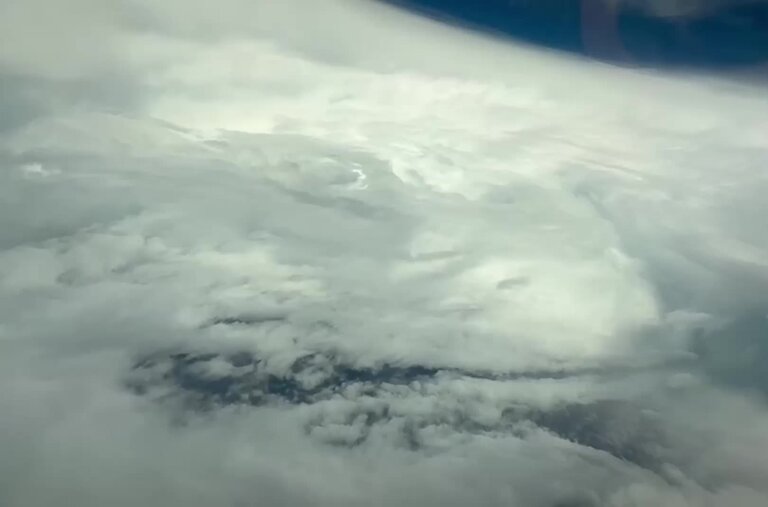While observational flights have improved forecasts for many storms in the Americas, such flights have been far fewer for storms that have hit Asia.

The storm hunters from Hong Kong braced themselves as Super Typhoon Yagi rattled their small jet. At 30,000 feet, they released probes into the Category 4-strength storm as it churned south of the city last month, gathering data many meteorologists consider crucial to improving forecasts.
“Some prefer going with an empty stomach,” Capt. Chan Wing Chi of the Hong Kong Government Flying Service said in an interview after the flight, unfazed by the intense turbulence he had just experienced.
The U.S. government has been sending observation planes into storms across the Americas for more than 80 years. But they are rare in this part of the western Pacific, which sees so many major storms each year that meteorologists call it “Typhoon Alley.”
The storms that pass through this area affect a wide swath of Asia, including Japan, the Korean Peninsula, mainland China, Taiwan, Hong Kong, Vietnam and the Philippines. But only a handful of these missions are conducted in Asia each year because of long-running political disputes, the high cost of flights, and a lack of regional consensus on their value.
Many scientists say observation flights can reduce errors in storm forecasts by 10 to 20 percent, but only Hong Kong, Taiwan and Japan conduct them in this region.




